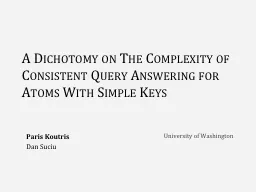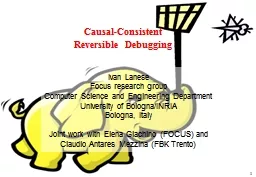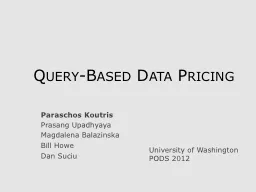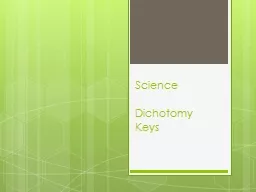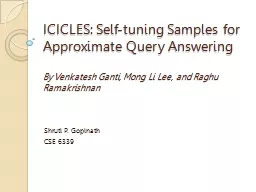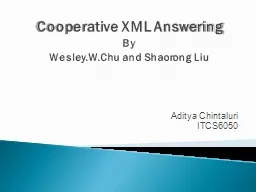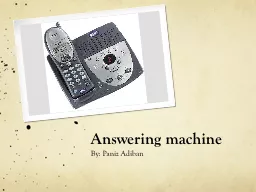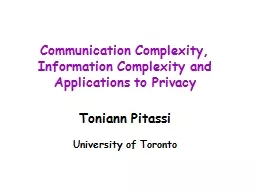PPT-A Dichotomy on The Complexity of Consistent Query Answering
Author : olivia-moreira | Published Date : 2016-04-11
Paris Koutris Dan Suciu University of Washington Repairs An uncertain instance I for a schema with key constraints A repair r of I is a subinstance of I
Presentation Embed Code
Download Presentation
Download Presentation The PPT/PDF document "A Dichotomy on The Complexity of Consist..." is the property of its rightful owner. Permission is granted to download and print the materials on this website for personal, non-commercial use only, and to display it on your personal computer provided you do not modify the materials and that you retain all copyright notices contained in the materials. By downloading content from our website, you accept the terms of this agreement.
A Dichotomy on The Complexity of Consistent Query Answering: Transcript
Download Rules Of Document
"A Dichotomy on The Complexity of Consistent Query Answering"The content belongs to its owner. You may download and print it for personal use, without modification, and keep all copyright notices. By downloading, you agree to these terms.
Related Documents

